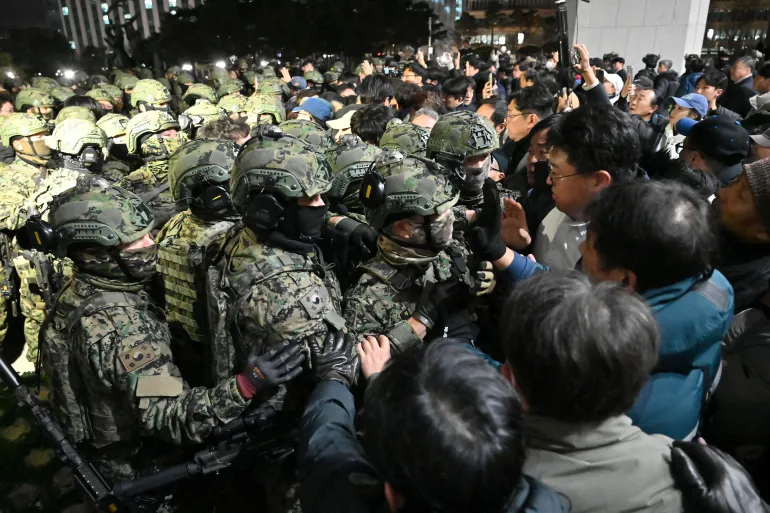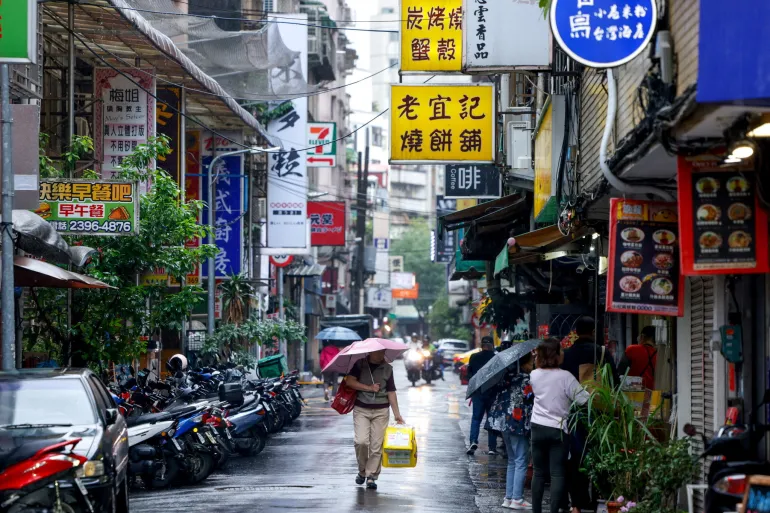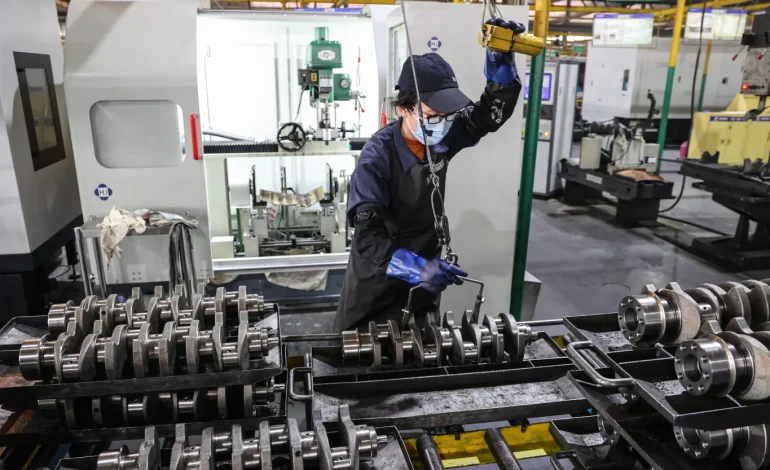As the United States and China re-enter negotiations to ease escalating trade tensions, China’s labor market has emerged as a central point of vulnerability.
A prolonged property slowdown, high youth unemployment, and ongoing structural shifts in its economy have made China more exposed to external shocks than during the initial phase of trade disputes under US President Donald Trump.
During Trump’s first term, he credited tariffs with inflicting significant damage on China’s workforce, claiming five million jobs were lost as a result of his trade policies. While economists then debated the scale of the impact, the current situation suggests that any renewed tariffs could hit China harder this time around.
Now, four months into Trump’s second term, Chinese and US officials have agreed to temporarily reduce tariffs while seeking a longer-term solution. Yet, concerns remain high within China, where manufacturing jobs — a cornerstone of the export-driven economy — are increasingly at risk. Economists at Natixis estimate that if US tariffs remain at elevated levels, Chinese exports to the US could fall by 50%, resulting in up to six million job losses. A full-blown trade war could push that number to nine million.
The challenge is compounded by demographic and social pressures. China’s youth unemployment rate was 15.8% in April, already an improvement from earlier highs but still elevated as 12 million new graduates prepare to enter a tough job market. In 2023, the government temporarily suspended the release of youth unemployment data when the rate hit a record 21.3%.
Adding to the strain, many businesses, especially in sectors like real estate and tech, are opting for gig-based roles over full-time positions, eroding job security. This shift, coupled with tighter employment budgets, has led to a growing number of layoffs and fewer opportunities for experienced workers and new graduates alike.
Some, like Jane Hu, a 33-year-old office worker from Shanghai, have been laid off as companies adjust to the costs of retaliatory tariffs. Her employer, dependent on US imports, could no longer afford operations after China raised its own tariffs in response to US measures.
Despite these pressures, China’s government is actively working to stabilize employment. Officials have encouraged entrepreneurship and implemented policy measures to retain factory jobs and support struggling exporters. Recently, industrial profits in China showed modest improvement, rising 3% in April compared to a year earlier, with strong performance in sectors like high-tech manufacturing and household appliances, driven in part by consumer subsidy programs.
However, broader concerns remain. Factory-gate prices have declined for over 30 consecutive months, and retail sales growth has slowed. While industrial output rose 6.1% in April, profit growth continues to lag behind cost increases, reflecting ongoing margin pressure across sectors.
Even with some resilience shown in export redirection and industrial profits, the external environment remains fragile. The tariff pause between the US and China offers temporary relief, but analysts warn that unless a durable agreement is reached, both economies — and especially vulnerable segments of China’s workforce — may face renewed instability.
With input from Reuters, Bloomberg, the New York Times, and CNBC.








The latest news in your social feeds
Subscribe to our social media platforms to stay tuned